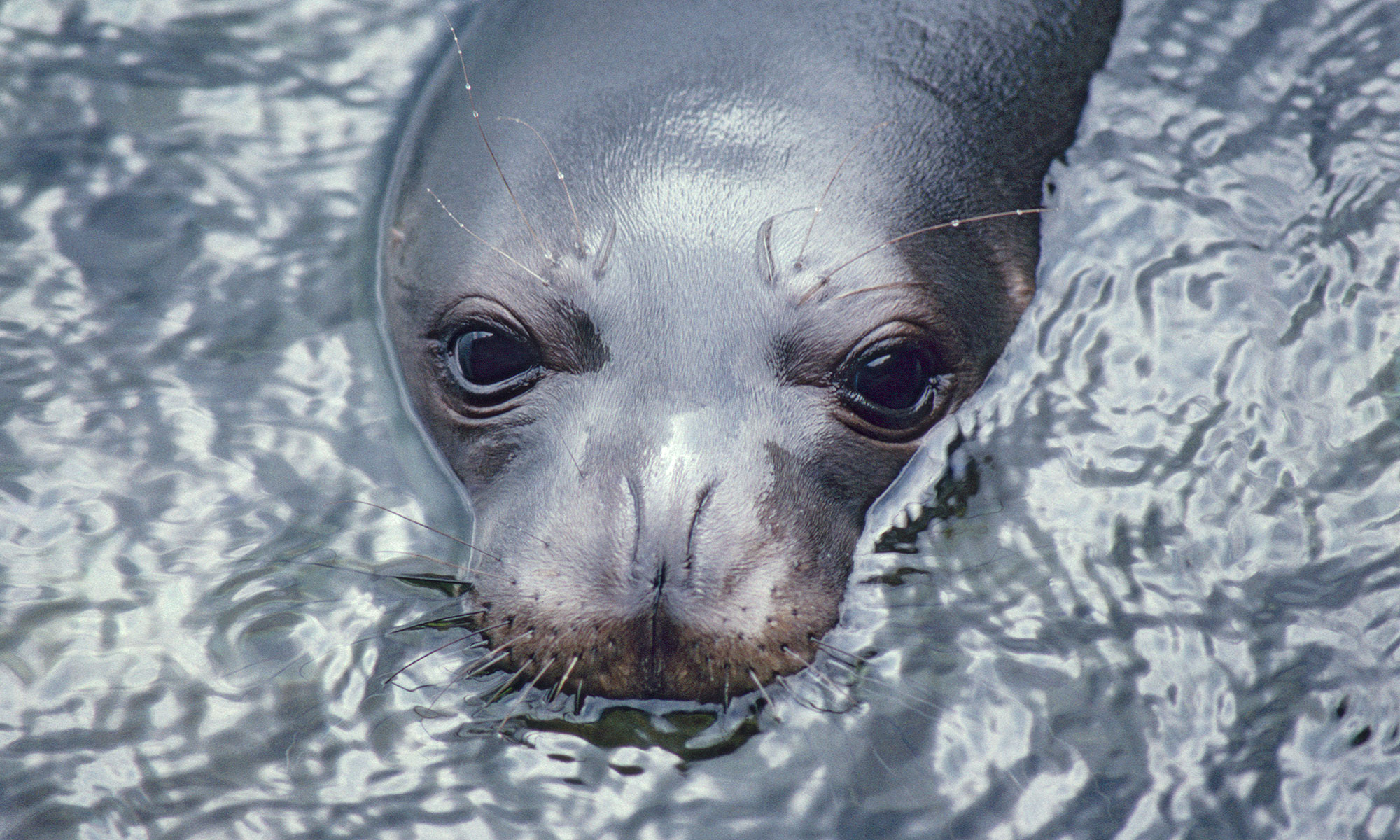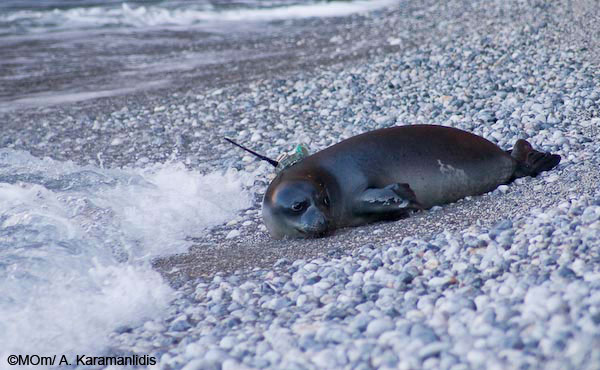Press Watch, TO BHMA Online (ΝΙΚΟΣ ΧΑΣΑΠΟΠΟΥΛΟΣ), July 25, 2010
 Η παρ΄ ολίγον ενδοκυβερνητική «κρίση» όταν η κυρία Τίνα Μπιρμπίλη ζήτησε από την κυρία Κατερίνα Μπατζελή να απαγορευθεί η αλιεία στις περιοχές όπου υπάρχουν φώκες
Η παρ΄ ολίγον ενδοκυβερνητική «κρίση» όταν η κυρία Τίνα Μπιρμπίλη ζήτησε από την κυρία Κατερίνα Μπατζελή να απαγορευθεί η αλιεία στις περιοχές όπου υπάρχουν φώκες
Η μεσογειακή φώκια, το συμπαθές αυτό προστατευόμενο θαλάσσιο θηλαστικό, ήλθε ξαφνικά μεσούντος του θέρους να ταράξει τα ήδη ταραγμένα νερά στις ενδοκυβερνητικές διαμάχες. Δύο ωραίες κυρίες του Υπουργικού Συμβουλίου, στην προσπάθειά τους να κατοχυρώσουν τις όποιες αρμοδιότητες κι αν έχουν στο θαλάσσιο περιβάλλον, έπεσαν πάνω στη φώκια και έφθασαν μάλιστα στο σημείο να τη χαρακτηρίσουν ακόμη και… δέντρο. Η υπουργός Περιβάλλοντος, Ενέργειας και Κλιματικής Αλλαγής κυρία Τίνα Μπιρμπίλη και η υπουργός Αγροτικής Ανάπτυξης και Τροφίμων κυρία Κατερίνα Μπατζελή άρχισαν αιφνιδίως να αλληλογραφούν τι θα γίνει με τις φώκες και πώς αυτές θα περισωθούν. Ωσάν να έμειναν και πολλές στη Μεσόγειο. Ούτε καν 450, από τις οποίες οι 250 ζουν στα νερά της Ελλάδας και της Τουρκίας. […]

 It is hard to imagine anyone not being moved by the tragic tale of ‘Markos’ – the young Mediterranean monk seal who was brought into intensive care, struggling for life, but horribly mutilated by the bullet that shattered his jaw and nasal cavity.
It is hard to imagine anyone not being moved by the tragic tale of ‘Markos’ – the young Mediterranean monk seal who was brought into intensive care, struggling for life, but horribly mutilated by the bullet that shattered his jaw and nasal cavity.

